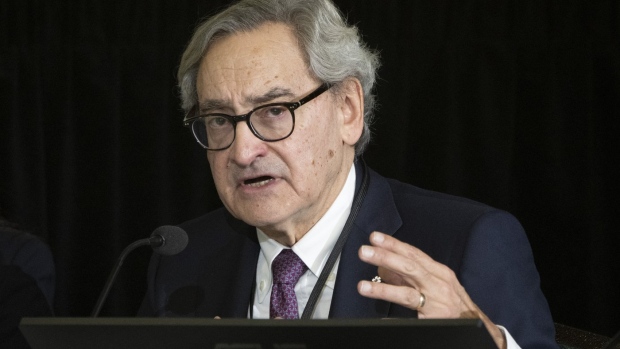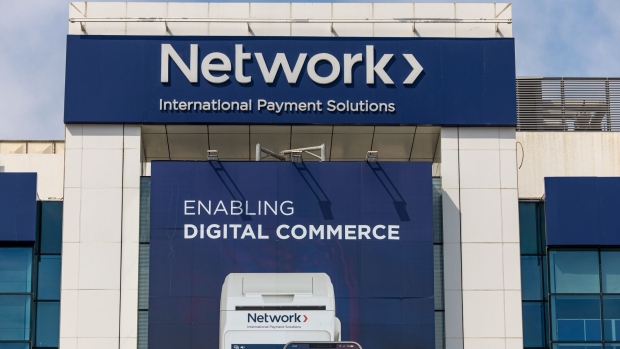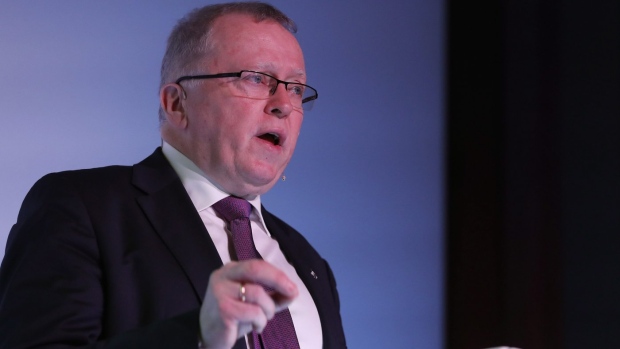Bombardier challenges Boeing for Canadian military jet contract
, Bloomberg News
A Canadian order for military surveillance aircraft that was expected to go to Boeing Co. is facing a late challenge from home-grown private-jet maker Bombardier Inc., which has summoned nationalism to press its case for a rival model.
Bombardier is pushing the Canadian Department of National Defence to consider an adapted version of its Global 6500 business jet instead of going with up to 16 Boeing P-8A Poseidon multi-mission aircraft to replace the government’s 40-year-old fleet of CP-140 Aurora planes. The problem is that the Bombardier alternative exists only on paper.
Bombardier, which builds jets for billionaires and charter operators, called for an open procurement process as it tries to jumpstart a new defense business. This month, the Montreal-based company announced a collaboration with General Dynamics Corp. to develop military systems on the Global 6500 platform.
“Our government has been led to believe there is undue urgency to purchase now,” Mark Masluch, a Bombardier spokesman, said in an email. “This is simply a fallacy designed to sell an end-of-the-line product. Bombardier is putting forward a modern, next-generation platform, made in Canada by Canadians.”
Boeing is hitting back. The P-8 — itself a modified version of Boeing’s 737 commercial jetliner — has “unmatched” command, control and communications, as well as anti-submarine warfare capabilities, Ted Colbert, chief executive officer of Boeing’s Defense, Space and Security unit, said in an interview.
It’s widely used by the US and its allies to monitor submarines and other activity. The aircraft is in service or contracted with eight countries, including the U.K. and Germany.
The 6500 “is not a matched rival,” Colbert said. “The P-8 is the most affordable solution available to Canada because it is truly a non-developmental off-the-shelf solution.”
In an hour-long event in Ottawa on Tuesday, the U.S. planemaker and its suppliers, including CAE Inc., General Electric Co. and Honeywell International Inc., defended the P-8 and extolled the economic benefits for the country. Every P-8 aircraft contains more than $11 million of Canadian content, according to Boeing.
So far, the Canadian government has shown little interest in Bombardier’s proposal. Still, an analysis is underway.
“The government has determined that the P-8A Poseidon is the only currently available aircraft that meets all of the Canadian multi-mission aircraft operational requirements,” it said.
With assistance from Julie Johnsson.





